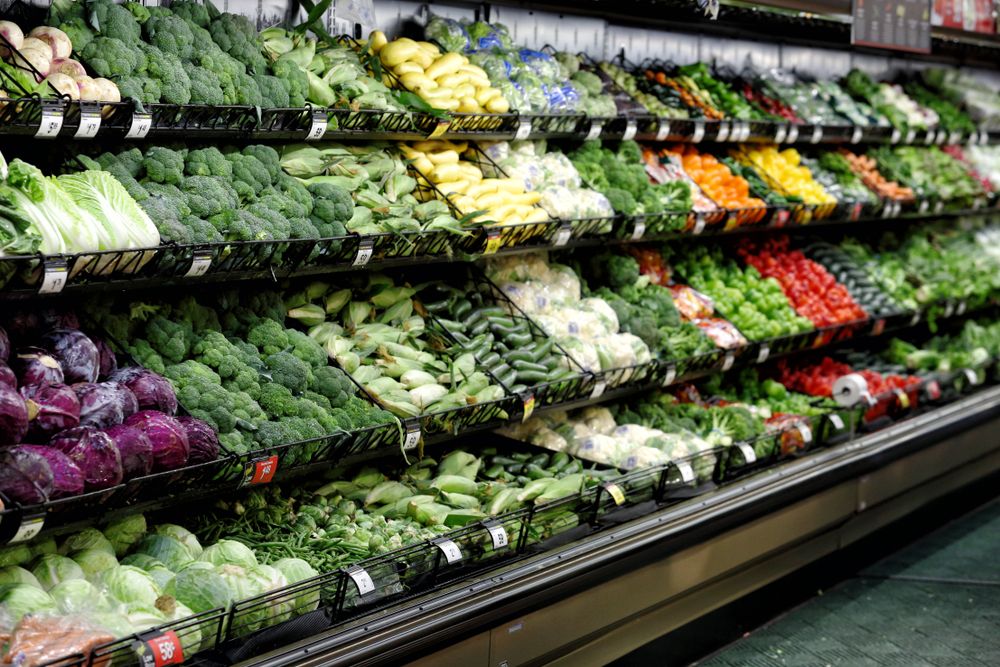AAPL 167.04 -0.5714% MSFT 404.33 -1.8235% GOOG 157.46 0.3697% GOOGL 155.9725 0.3232% AMZN 179.17 -1.1639% NVDA 846.71 0.7568% META 501.8 1.544% TSLA 149.9 -3.5703% TSM 132.27 -4.8623% LLY 745.95 -0.642% V 271.36 -0.4877% AVGO 1258.99 -1.8431% JPM 181.25 0.6497% UNH 493.18 2.9625% NVO 122.75 -1.4294% WMT 59.27 -0.637% LVMUY 170.18 -0.3338% XOM 118.47 -0.1349% LVMHF 854.0 -0.4662% MA 454.7 -1.1865%

Fresh Del Monte Produce Inc.

FDP Details

Fresh Del Monte Produce Inc. (NYSE: FDP) is a vertically integrated international producer, marketer, and distributor of fresh and fresh-cut fruit and vegetables, and prepared food. The company operates via three business segments, namely 1) Fresh and Value-Added Products, which includes pineapples, fresh-cut fruits and vegetables, other fruit and vegetables, avocados, and prepared foods (juices, meals, and snacks); 2) Banana, and 3) Other products & services, consisting of sales of poultry and meat products, plastic products, and other third-party freight services. As of June 08, 2021, the company’s market capitalization stood at USD 1.67 billion.
Digital Investments to Enhance Product Portfolio and Efficiency: On June 02, 2020, the company signed a partnership with I Squared Capital, a global infrastructure investment manager, according to which FDP will invest in the I Squared Global Infrastructure Fund. Selective investments in tech infrastructure will help reduce bottlenecks in the company’s supply chain, leading it to be more efficient. This is ultimately expected to drive the enhancement of the product portfolio and customer satisfaction.
Q1FY21 Results: FDP reported a slight decrease of 2.66% in total revenue to USD 1.09 billion in Q1FY21 (ending April 02, 2021) compared to USD 1.19 billion in Q1FY120 (ending March 27, 2020), due to the continued impact of COVID-19 restrictions on its foodservice customers and the reduced supply of fruit due to the two hurricanes in Guatemala. However, net income for Q1FY21 was USD 41.4 million, 3.18x more than USD 13.0 million reported in Q1FY20.
Key Risks: The sales price of fresh produce items fluctuates throughout the year because of supply and demand discrepancies, pricing, and availability of other fresh produce items. As a result, the sales price for bananas (which accounts for the most significant portion of FDP’s net sales) is generally higher during the first half of the year. In addition, water scarcity in the company’s growing regions could adversely affect its agricultural operations and financial condition. Water shortages in Brazil negatively impacted FDP’s banana production in the last five years, and its pineapple farms in Kenya were affected by a drought associated with El Nino during FY16, FY17, and FY19.
Valuation Methodology: Price/Earnings Multiple Based Relative Valuation

(Data Source: REFINITIV, Analysis by Kalkine Group)

FDP Daily Technical Chart (Source: REFINITIV)
Stock Recommendation: FDP has surged by 19.53% in the past 3 months and is currently trading leaning towards the higher end of the 52-week range of USD 20.71 to USD 36.57. The stock is currently trading above its 200 DMA level. On the technical chart, the next support level is USD 30.45. We have valued the stock using the Price/Earnings-based relative valuation methodology and arrived at a target price of USD 40.82. Considering the healthy balance sheet, expected recovery in business, its seasonal nature, and other associated risks, we recommend a “Speculative Buy” rating on the stock at the closing price of USD 35.07, down by 0.11% as of June 08, 2021.
* The reference data in this report has been partly sourced from REFINITIV.
* Depending upon the risk tolerance, investors may consider unwinding their positions in a respective stock once the estimated target price is reached or if the price closes below the support level.